In the modern field of pediatric rehabilitation, the use of gait analysis assessment equipment has been increasing, and many parents and rehabilitation specialists are beginning to ask: Can gait analysis equipment help children's rehabilitation? Is it really effective?
With the advancement of technology, these devices not only assist doctors in understanding children's gait problems but also allow for the creation of personalized rehabilitation plans for children. Today, let’s take a closer look at how gait analysis assessment equipment plays a role in pediatric rehabilitation, what results it yields, and what tangible benefits parents can expect to gain from it.
1. What is Gait Analysis Assessment Equipment?
Gait analysis assessment equipment, as the name suggests, is a device that analyzes and evaluates gait using advanced sensing technology. Gait refers to the coordination and movement of various parts of the body during walking or running, including the gait cycle, stride length, step frequency, foot landing pattern, and the transfer of body weight.
These devices typically use pressure sensors, infrared sensors, and laser scanning technology to collect various data during gait, which is then analyzed by a computer system to generate detailed gait reports. Through these reports, doctors and rehabilitation specialists can accurately identify any abnormalities in the child’s gait, such as asymmetry, excessively large or small strides, and unstable body weight distribution.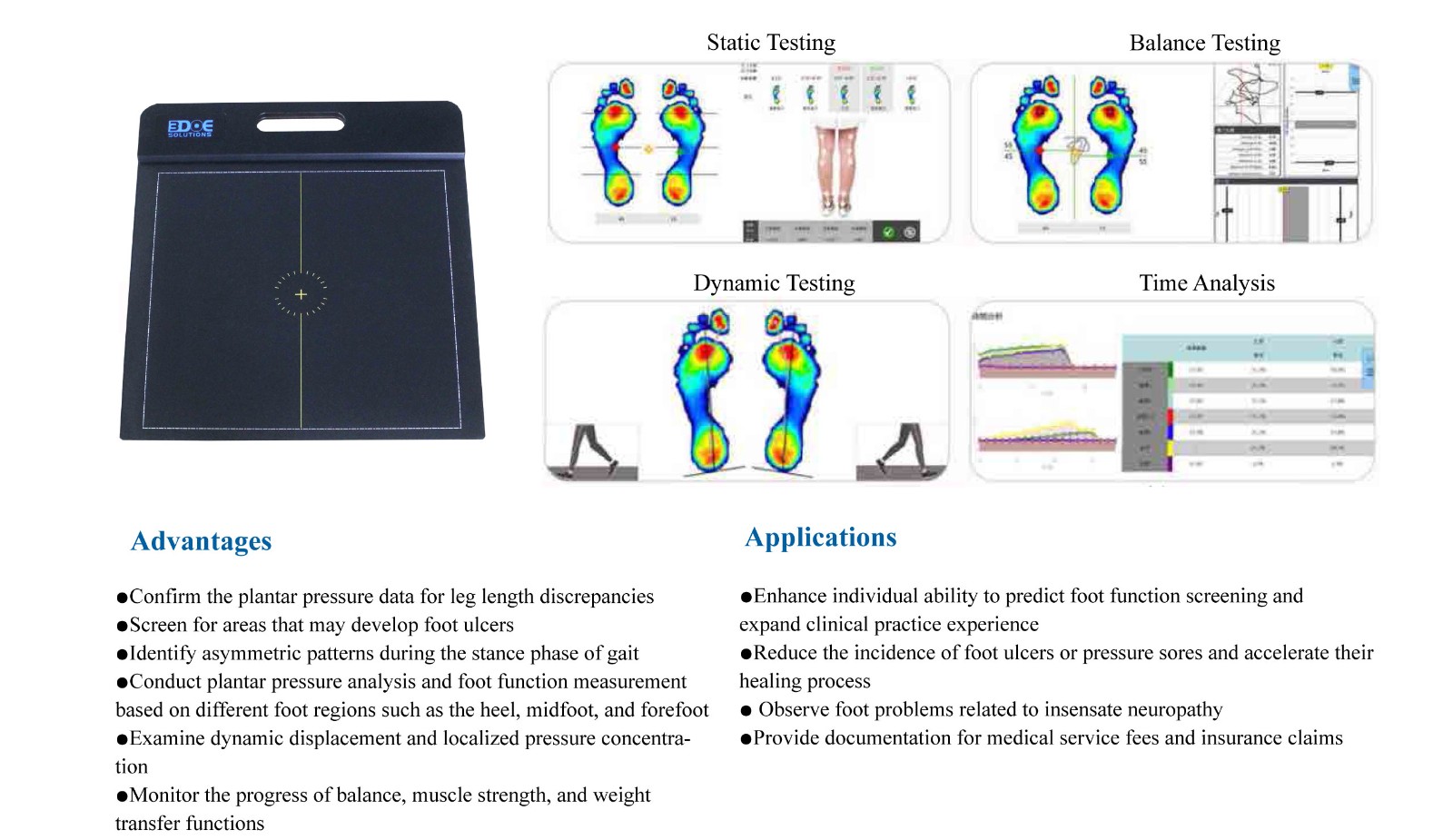
2. How Does Gait Analysis Assessment Equipment Help Children’s Rehabilitation?
Gait analysis assessment equipment does more than just collect data. By precisely evaluating the gait, it can provide effective rehabilitation support for children. The main ways it helps are as follows:
1. Accurate Assessment of Gait Abnormalities
Children go through growth and development stages and are prone to problems such as flat feet, inward or outward turned feet, and hip joint asymmetry. If these issues are not addressed in a timely manner, they could affect the child’s motor ability and skeletal development. Using gait analysis equipment, specialists can accurately detect minor gait asymmetries or abnormal movement patterns in children and provide precise evaluations to develop a more personalized rehabilitation plan.
2. Quantifying Rehabilitation Effects
One of the greatest advantages of gait analysis assessment equipment is its ability to quantify the effects of rehabilitation. By comparing gait data before and after rehabilitation, doctors can visually track progress, such as whether stride length has returned to normal, whether gait has become more symmetrical, or if the weight transfer is smoother. Through data comparisons, parents and doctors can clearly understand whether the treatment plan is effective and make timely adjustments.
3. Dynamic Monitoring and Real-Time Feedback
Traditional pediatric rehabilitation often relies on verbal feedback or parental observation, which can be difficult to monitor dynamically. Gait analysis equipment, however, provides real-time feedback on the child’s gait data, making every rehabilitation session scientifically based. For example, when the child is training to walk, rehabilitation specialists can use the gait analysis device to monitor whether improvements are being made and adjust the program accordingly.
4. Personalized Rehabilitation Plans
Every child’s gait issues and development are different, and gait analysis assessment equipment can provide personalized rehabilitation plans for each child. For example, if the child has flat feet, the gait analysis equipment can clarify how this issue affects their gait and design appropriate insoles, orthotics, or exercise programs to address the problem.
3. How Effective is Gait Analysis Assessment Equipment for Children’s Rehabilitation?
Through extensive clinical practice and research, gait analysis assessment equipment has been widely applied in pediatric rehabilitation, especially for children with motor impairments, foot problems, scoliosis, and other conditions. Its effectiveness is particularly notable in the following ways:
1. Improving Motor Abilities
For children who have difficulty with motor coordination, gait analysis equipment provides data support that helps doctors adjust exercise programs to improve the child’s motor abilities. For example, using gait data, rehabilitation specialists can make precise corrections to the child’s gait deviations, helping them return to a more normal gait pattern and boosting their confidence in movement.
2. Reducing the Risk of Secondary Injuries
For children who need long-term rehabilitation, gait analysis helps monitor their movement patterns during rehabilitation, preventing secondary injuries caused by overtraining or improper movements. With feedback from the data, specialists can adjust rehabilitation plans to ensure that the child does not develop new problems due to incorrect posture during training.
3. Increasing Confidence for Parents and Doctors
Gait analysis equipment not only provides scientific data for doctors but also helps parents feel more reassured. Through regular gait checkups, parents can track their child’s progress and pinpoint issues, improving communication with doctors and enhancing the transparency and trust in the entire rehabilitation process.
4. How Can Parents Choose the Right Gait Analysis Equipment?
Although there are many types of gait analysis assessment equipment on the market, parents should consider the following factors when selecting one:
Accuracy of the Device: Choose a device with high accuracy to ensure the reliability of the measurement data.
Adaptability: Choose a device that is suitable for children, particularly in terms of comfort and safety.
Data Analysis and Feedback: Choose a device that provides detailed and easy-to-understand data reports, making it easier for doctors and parents to evaluate and adjust the rehabilitation plan.

 +86-0755-86131192
+86-0755-86131192 2025-07-03
2025-07-03 Back to list
Back to list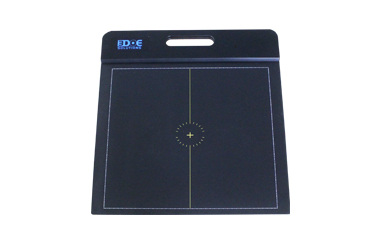
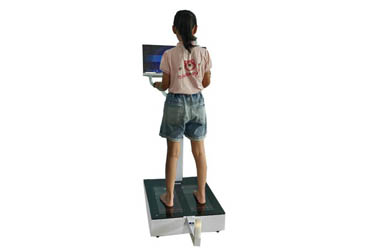
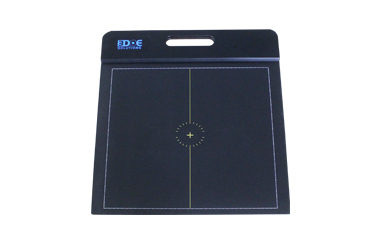
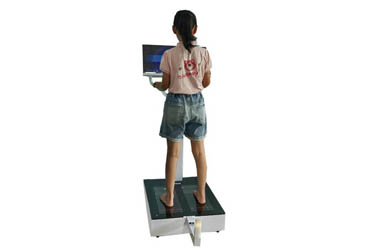
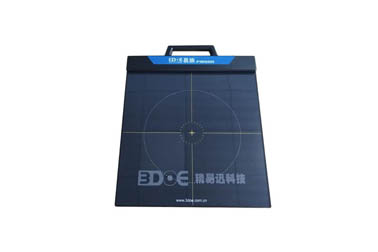
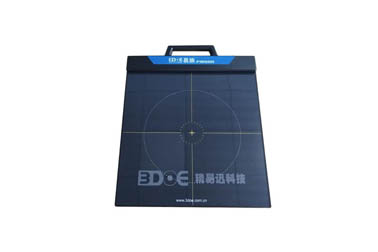



 +86-0755-86131192
+86-0755-86131192